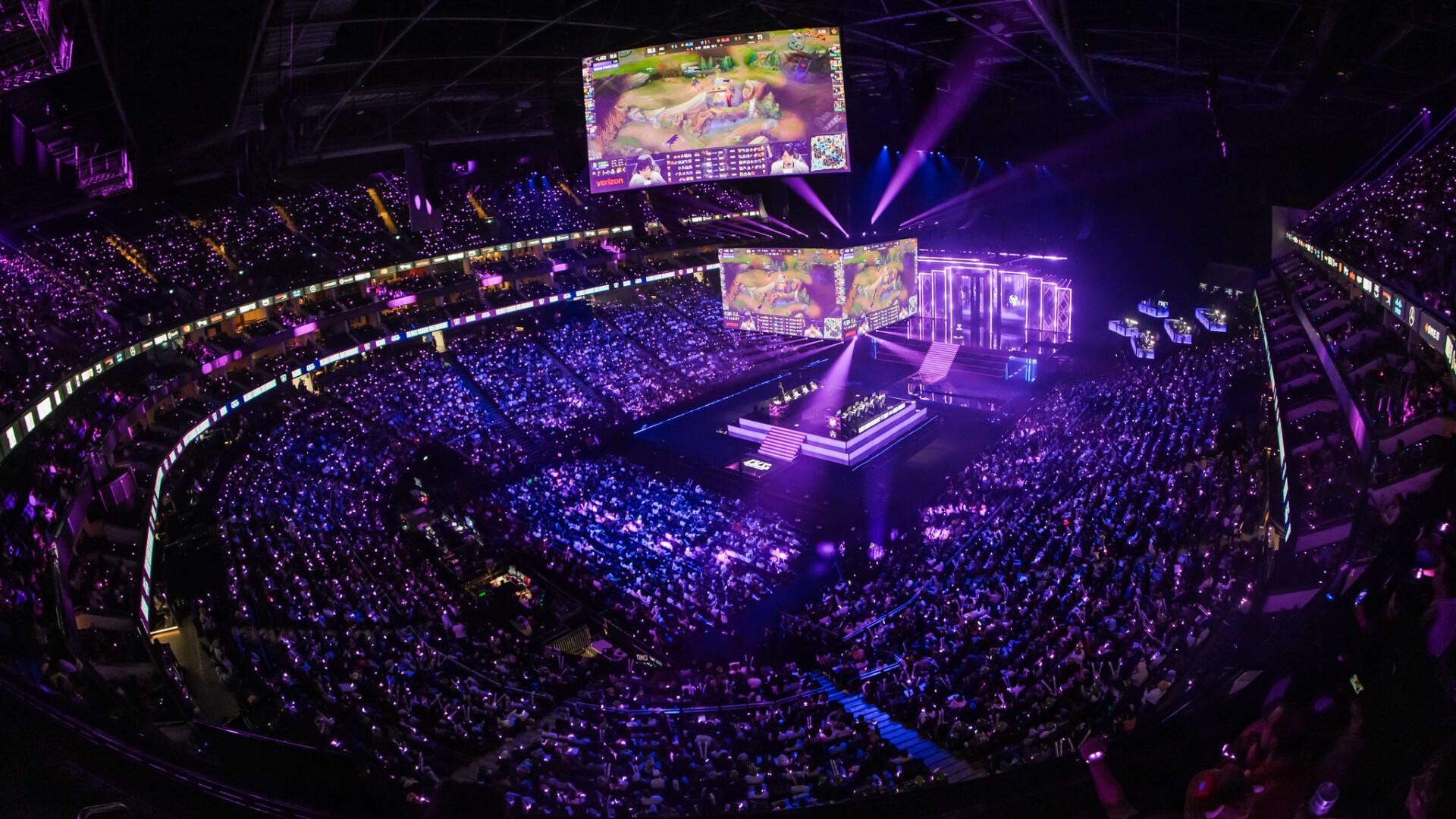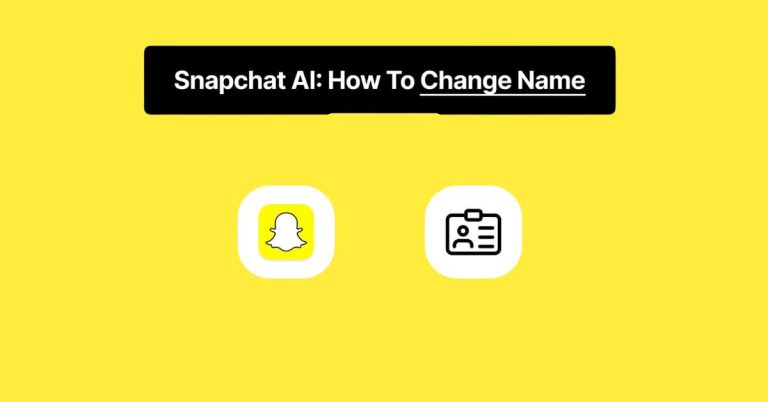How Esports Teams Turn Fans Into Global Online Communities
Over the past decade, esports has evolved from small local competitions into an international entertainment industry that rivals traditional sports in viewership and influence. Millions of fans across continents watch tournaments, follow their favorite players, and engage with teams through various digital platforms. However, what truly sets esports apart from other entertainment industries is the level of interactivity between fans and organizations. Esports teams have developed sophisticated ways of turning passive audiences into loyal, engaged, and active community members who contribute to the culture surrounding the games they love. These global online communities are not built overnight — they are the result of years of innovation in fan communication, content strategy, and digital relationship-building.
The essence of this transformation lies in how teams use modern tools to connect emotionally with their followers. Whether through live chat sessions, interactive tournaments, or behind-the-scenes content, fans are given access to worlds that were once hidden behind the competitive curtain. Many organizations now view their fanbases as integral partners rather than spectators. They offer exclusive Discord channels, host fan art contests, and even invite community members to participate in team-related projects. In doing so, esports teams don’t just build audiences — they create digital families that share victories, defeats, and aspirations together.
Building Engagement Through Digital Platforms
The foundation of any successful online community is consistent engagement. Esports organizations understand that constant communication with fans is crucial for keeping interest alive beyond match days. Through interactive streaming services like Twitch and YouTube, as well as social hubs such as Reddit and Discord, fans can stay connected to their favorite teams 24/7. This creates a unique sense of belonging — one that transforms followers into active participants in the team’s journey. The relationship between players and fans is symbiotic: teams gain support, visibility, and sponsorship appeal, while fans receive entertainment, recognition, and a sense of shared identity.
In the world of Dota 2, for example, digital interaction is especially strong. Many teams host dedicated spaces where fans can exchange strategies, share theories about drafts, and celebrate wins together. On these platforms, it’s common to see discussions centered around tournament performances, player changes, and the latest Dota news updates. This ecosystem nurtures collaboration, allowing even fans from different continents to feel united by the same passion. The strength of these communities often translates into real-world loyalty — fans purchase merchandise, attend events, and promote their favorite organizations online, effectively becoming part of the brand’s marketing force.
Moreover, esports teams often integrate fan feedback directly into their decisions. Some organizations use surveys or polls to let their supporters choose new jersey designs, slogans, or even team mascots. This participatory approach empowers fans and reinforces the idea that they play an active role in shaping the future of the team. When engagement becomes reciprocal rather than one-sided, loyalty deepens — and that’s what makes esports communities so resilient and long-lasting.
The Role of Social Media in Community Growth
Social media has revolutionized how esports organizations connect with audiences. Platforms like X (formerly Twitter), Instagram, TikTok, and YouTube are the lifeblood of community growth, allowing teams to share updates instantly and interact with millions of users around the world. Through a mix of professional content, humor, and authentic communication, teams can build personalities that resonate with their followers. Social media is not only about promoting matches or products — it’s about storytelling, culture, and emotion.
In the League of Legends scene, for example, many organizations have mastered this approach. They share inspiring clips, memes, and behind-the-scenes footage that makes fans feel like part of an inner circle. Teams also keep their communities informed through official channels that feature the latest lol news and highlight moments that capture the spirit of the game. By providing both entertainment and information, social media acts as a bridge between players and their supporters. It also amplifies global reach, connecting fans from Asia, Europe, and the Americas in one shared digital space.
An important factor behind this success is the emotional tone of communication. Teams often celebrate fans’ creative works, repost community art, and highlight personal stories of supporters. This human connection reinforces loyalty in a way that no advertisement could achieve. For instance, a short message of appreciation from a star player can go viral, creating a wave of positivity across fan networks. Every like, reply, or share strengthens the bond between team and audience. In the long run, these small interactions compound into an unbreakable digital alliance that defines the modern esports experience.
The Importance of Authenticity and Transparency
While engagement and visibility are vital, authenticity remains the cornerstone of lasting community trust. In an era of information overload, fans are quick to spot insincerity. Esports teams that present themselves honestly — showing not only victories but also struggles — tend to attract more devoted followers. Transparency about internal challenges, roster changes, and training routines allows fans to relate to players as real individuals, not distant celebrities.
Organizations that share raw, unscripted content often gain higher engagement because fans value honesty over perfection. Many teams now produce documentary-style videos or behind-the-scenes footage showing the realities of professional gaming: the stress, the fatigue, and the teamwork required to succeed. This openness helps humanize the players and demystify the competitive process. It also fosters empathy, turning casual viewers into long-term supporters who stand by the team through ups and downs.
Authenticity also extends to how teams handle social issues and controversies. When esports organizations acknowledge mistakes and communicate transparently with their communities, it strengthens mutual respect. Fans appreciate being treated as informed participants rather than passive consumers. In the end, honesty not only builds trust but also creates a foundation for meaningful growth — both for the team and its global fan community.
Esports Events as Catalysts for Connection

Even in a digital age dominated by online interaction, live events remain at the heart of community formation. Major tournaments serve as emotional milestones for fans, offering opportunities to gather, cheer, and celebrate their shared enthusiasm. The energy in a packed esports arena rivals that of any traditional sports event — yet it goes beyond physical boundaries thanks to streaming and digital participation.
Many teams have learned to extend this atmosphere into virtual spaces. Watch parties, fan meetups, and interactive live chats replicate the excitement of being in the arena. Fans participate in real-time discussions, join prediction games, and even compete in small-scale tournaments hosted by the team. This inclusivity ensures that everyone, regardless of location or resources, can be part of the community celebration. When fans from dozens of countries unite to support the same organization, the sense of global belonging becomes undeniable.
Tournaments also play a key role in promoting cultural exchange. Supporters from different regions share memes, traditions, and expressions, enriching the global esports culture. In many ways, these communities have become digital melting pots of creativity and diversity — proving that gaming can transcend language, geography, and even ideology.
The Future of Fan-Driven Esports Communities
As esports continues to expand, the relationship between fans and organizations will only deepen. Advances in technology are opening new possibilities for fan interaction. Virtual and augmented reality could allow supporters to watch matches as if they were sitting beside their favorite players. Blockchain and Web3 innovations might soon introduce fan tokens, personalized digital memberships, and exclusive rewards that give fans tangible ownership within their communities.
In parallel, esports organizations are professionalizing their community management efforts. Many now employ psychologists, marketing strategists, and sociologists to better understand fan behavior and design healthier digital ecosystems. These efforts ensure that the sense of connection remains genuine and sustainable, avoiding toxicity or exclusion. The future of esports lies not only in gameplay innovation but in nurturing these human-centered communities that drive the entire ecosystem forward.
Conclusion
Esports teams have achieved something few industries can replicate — transforming millions of global fans into active community members united by passion and technology. Through constant engagement, transparent communication, and shared emotional experiences, these teams have built digital environments where everyone feels included. The success of esports today is not measured solely by trophies or prize pools, but by the strength of the communities that fuel it.
In essence, fans have become the beating heart of modern esports. Their creativity, loyalty, and collaboration shape the industry’s direction and ensure its continued growth. As technology evolves and global connectivity expands, the relationship between teams and fans will grow even stronger — proving that esports is not just about games, but about people and the connections that unite them across the world.







